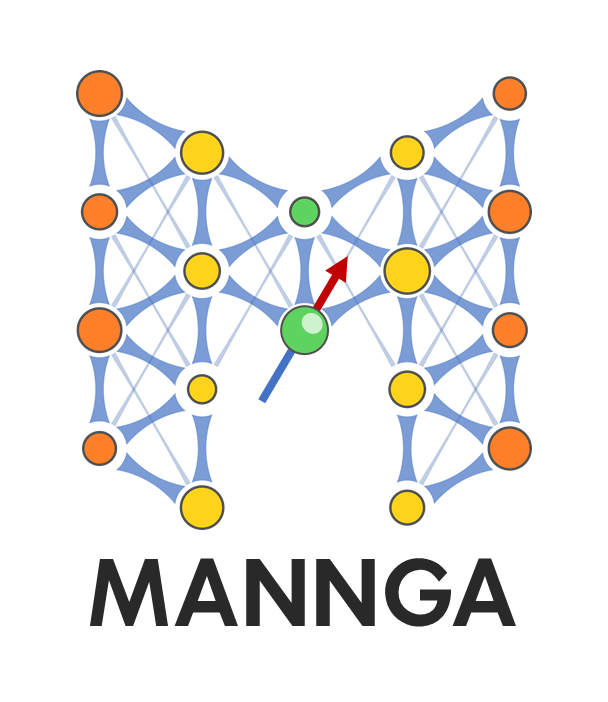
Partners
Aalto University

Aalto University is a Finnish multidisciplinary university in the fields of science and technology, economics, architecture, and art and design. Aalto University employs ~370 professors and has a student body of 20 000, 70 % of which are students in science and technology.
In MANNGA, Aalto University is represented by the Nanomagnetism and Spintronics (NanoSpin) group in the Department of Applied Physics. Research in the NanoSpin group focuses on new nanoscale phenomena and materials for future memory and unconventional computing technologies. In MANNGA, the NanoSpin group will design, fabricate, and characterize magnonic neural networks made of YIG/ferromagnetic metal chiral resonators. Aalto University is acting as the coordinator of MANNGA taking care of the administrative coordination tasks of the project.
Project team members
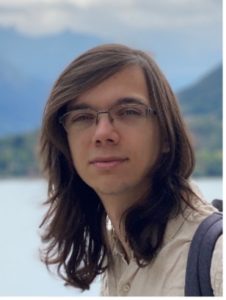
Anton Lutsenko
PhD student
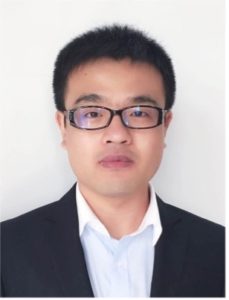
Hongwei Tan
Research Fellow

Sebastiaan van Dijken
Professor
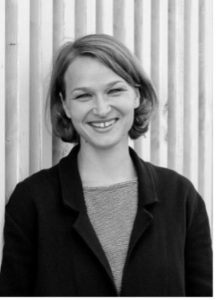
Katariina Malmberg
Project Manager
University of Exeter

Research interests of the Exeter team range from physics of wave phenomena and ultrafast spin dynamics in mesoscale magnetic structures to condensed matter and quantum optics, reaching out to the use of spins, magnons, and photons in practical applications, e.g. within magnonics, magnetic data storage, machine learning, and quantum computing technologies.
Within MANNGA, our roles include numerical micromagnetic (K. G. Fripp, V. V. Kruglyak) and analytical (A. V. Shytov, O. Kyriienko) modelling of magnonic phenomena in structures containing chiral magnonic resonators and then using these phenomena to design and test MANNGA’s devices for data and signal processing. University of Exeter also takes care of the Scientific Coordination of MANNGA project.
Project team members

Volodymyr Kruglyak

Kevin Fripp

Andrey Shytov

Oleksandr Kyriienko
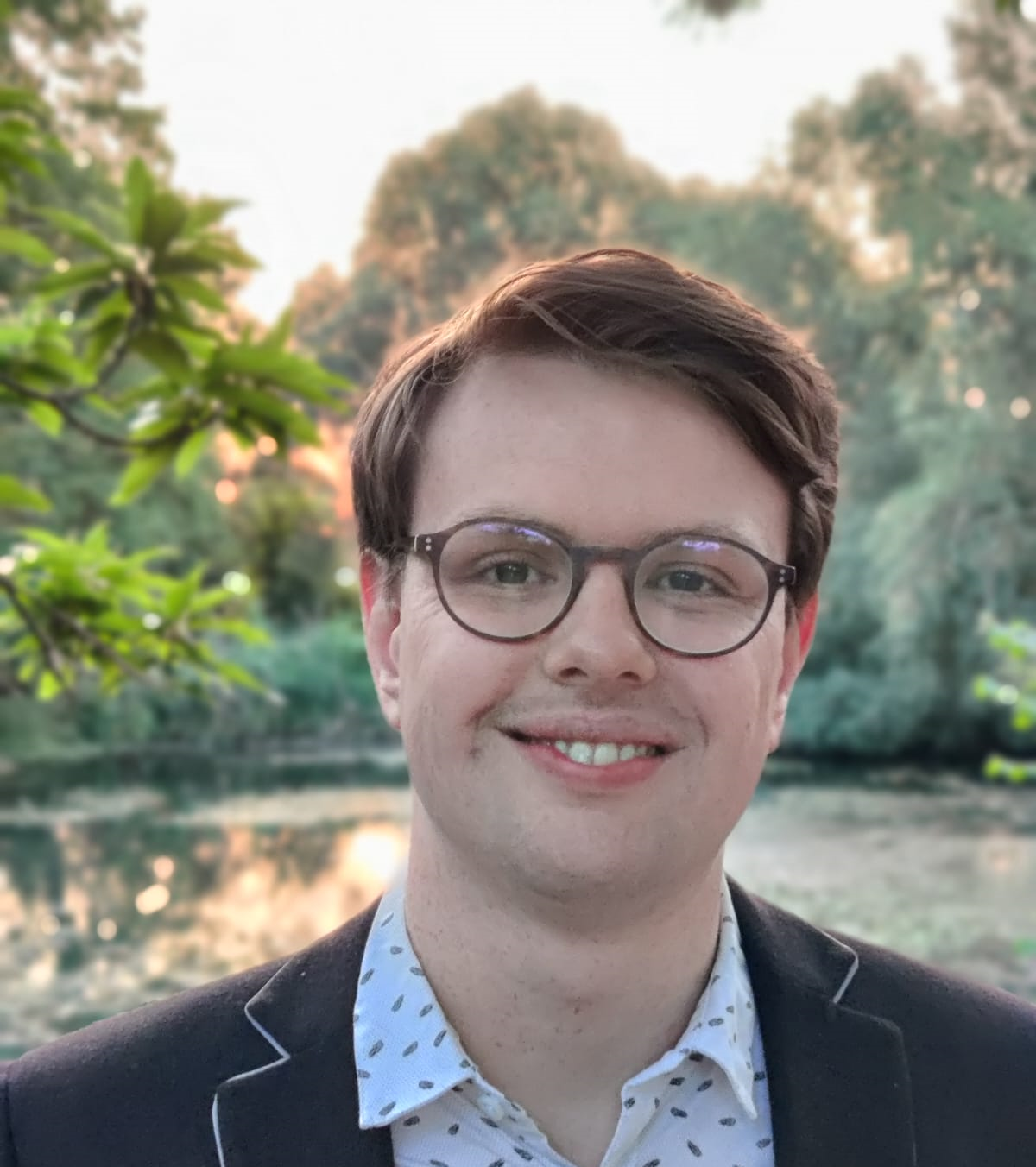
Ruben Leenders
Martin Luther University Halle-Wittenberg

Modern, interconnected, conscious of tradition: Martin Luther University Halle-Wittenberg (MLU) is the oldest and largest university in the State of Saxony-Anhalt with a history dating back more than 500 years. Today more than 20,000 students are enrolled at the university. MLU’s core research areas are in the nanosciences and biosciences, the Enlightenment, as well as in social and cultural research. The university is also home to a range of small disciplines, some of which can be found nowhere else in Germany. The university has excellent national and international ties, and works closely together with leading research institutes, industry, and more than 250 universities around the world.
In MANNGA the group of Nanostrutured materials has its main contribution in fabrication and characterization of YIG based CMR. With a long standing expertise of deposition of high quality YIG and patterning on the sub-micron scale the group will fabricate devices and optimize processes also delivering sample to other partners. In addition, characterization in terms of broad band spin wave spectroscopy will be performed.
In the optics and time-resolved spectroscopy group magnetism is investigated on the nanoscale by employing optical imaging techniques. Starting from growth of magnetic thin-film samples by means of different deposition and patterning techniques including electron beam lithography, the magneto-optical Kerr effect is used in order to map the static magnetization and domain structure of these micro-structured samples. The time-dependent response of these magnetic samples with respect to ultra-fast excitation is measured with the aid of femtosecond laser systems in pump-probe experiments. In the MANNGA project, our magneto-optic imaging techniques will be used to investigate the behaviour of chiral magnonic resonators. The Super-Nyquist-Sampling magneto-optical Kerr Microscope (SNS-MOKE) technique was recently developed to image magnonic phenomena. In particular, coherent linear and non-linear magnetic responses of the system can be mapped as a function of various external parameters. During the first stages of the project our collaborators will be supported by experimentally validating their simulations in terms of input-output characteristics. Moreover, the SNS-MOKE technique will be employed to obtain the functionality of chiral magnonic logic gates.
More information about the department: http://www.physik.uni-halle.de
Project team members

Prof. Georg Schmidt
Prof. Dr. Georg Woltersdorf (Head of the optics group)
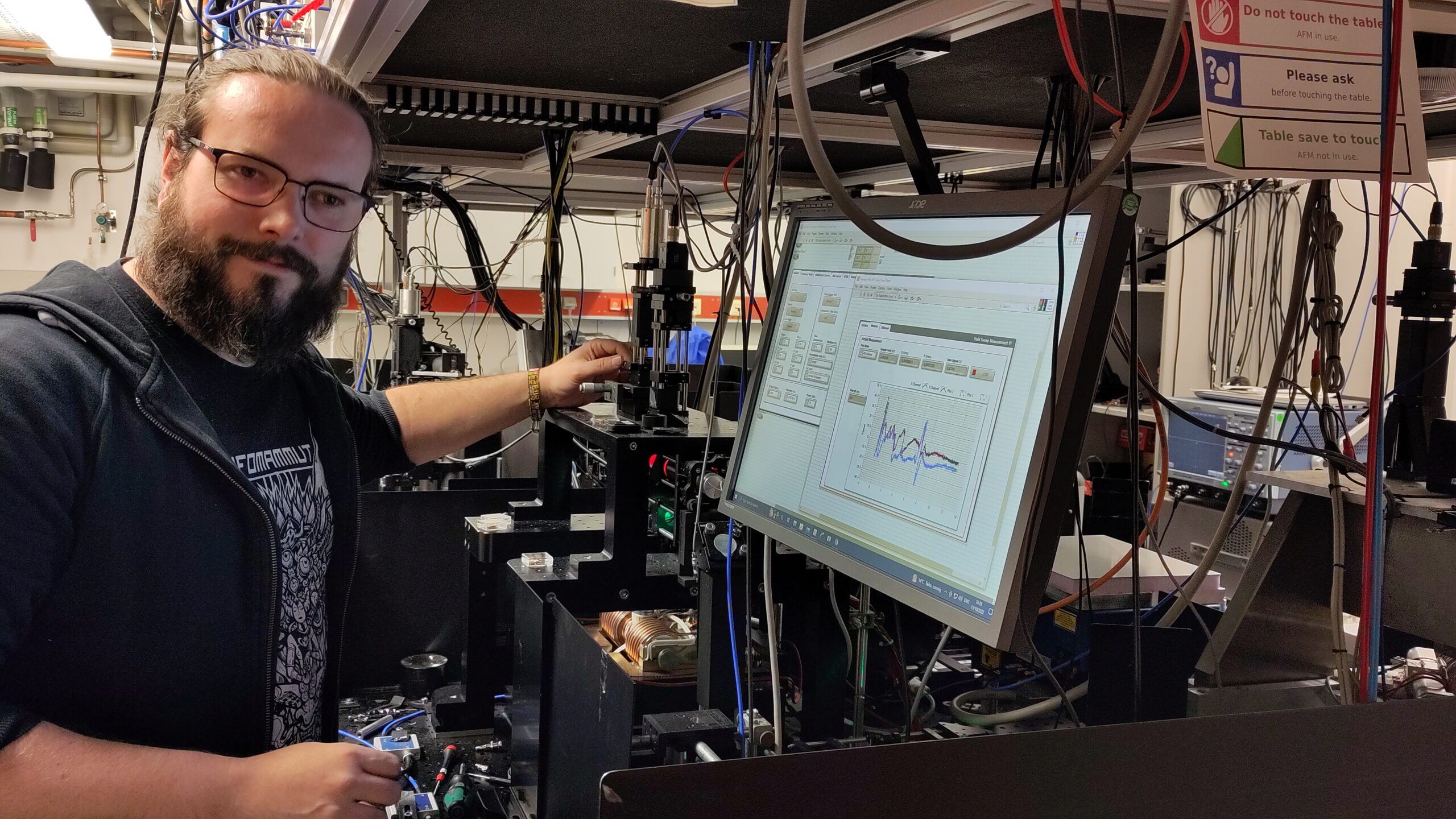
Dr. Rouven Dreyer (Postdoctoral researcher)
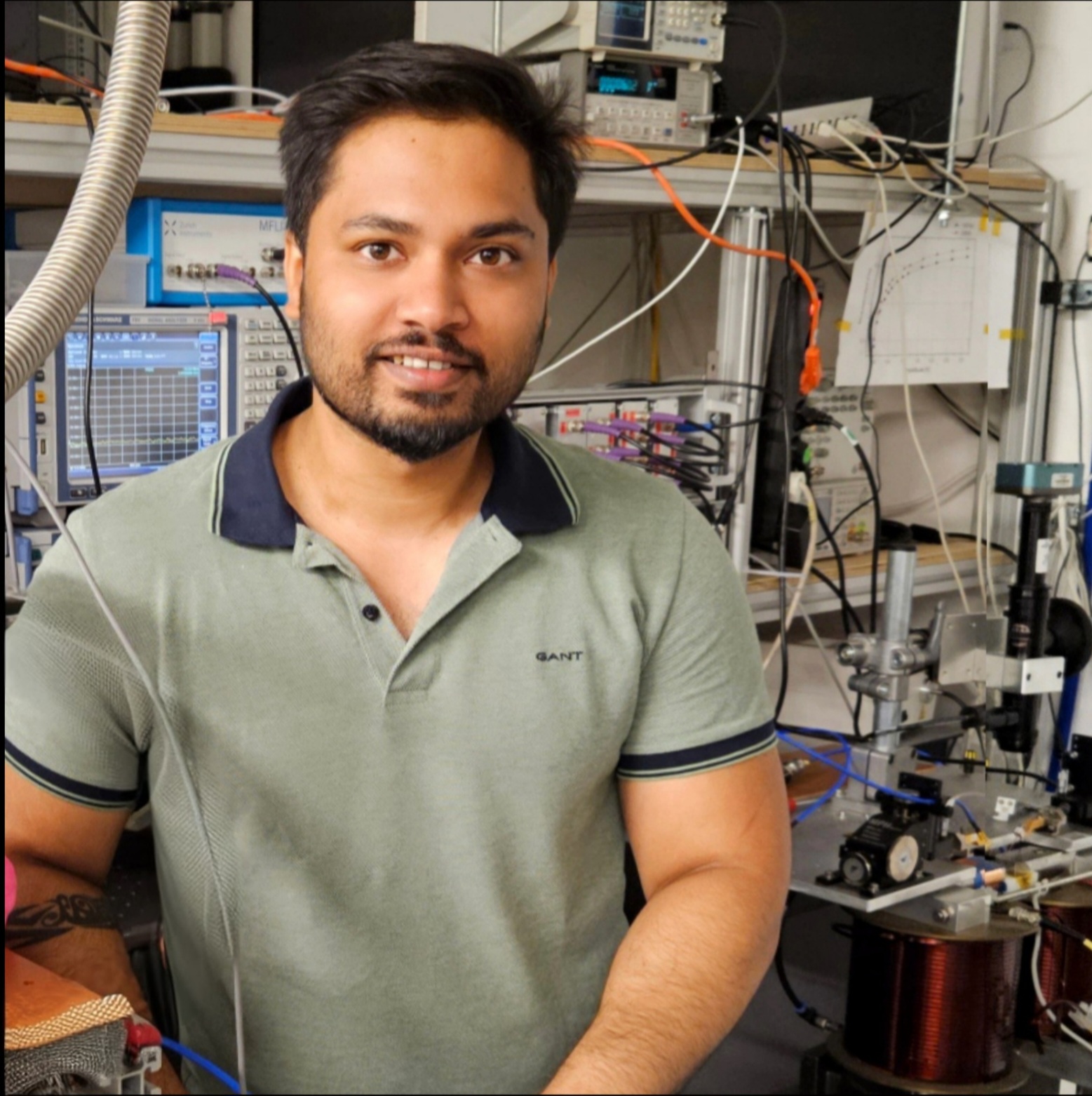
Dr. Bikash Das Mohapatra
INNOVENT e.V. Technologieentwicklung, Jena
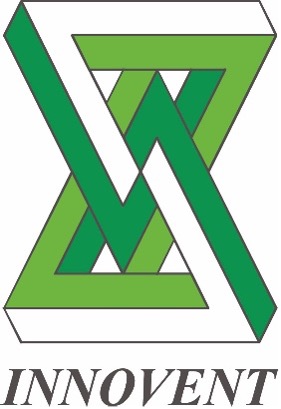
INNOVENT is an independent, non-profit, industrial research institution that has combined its expertise into five research areas. The department "Magnetic & Optical Systems" provides both basic and application-oriented research and development in selected fields of magnetism, optics and crystal growth.
The development of innovative magnetic materials, e.g. bulk crystals and single crystalline functional layers is the subject of our current research and development tasks. For example, single crystalline ferrimagnetic materials such as yttrium iron garnet (YIG) are used for microwave components due to their very low microwave losses. At present, international efforts are being made to develop these insulator films as a promising base material for spin-wave devices (YIG magnonics) with micro- and nanostructures (nano-magnonics). The miniaturisation of these components requires film thicknesses in the sub-micrometer range. With our liquid phase epitaxy (LPE) technology we are able to fabricate epitaxial yttrium iron garnet films in the micrometer as well as in the sub-micrometer range.
In MANNGA project INNOVENT is involved in the following activities:
- Development of epitaxial yttrium iron garnet (YIG) films with a thickness of 20-50 nm and a diameter of 3 inch
- Microstructural characterization of the properties of the epitaxial films
- Investigation of static magnetic properties and ferromagnetic resonance properties in the gigahertz range
- Establish reproducible fabrication of YIG films with tailored thicknesses, perfect surfaces and low damping at 3-inch wafer level
Further information:
http://www.innovent-jena.de/en/magnetic-and-optical-systems/material-development-and-crystal-growth
http://www.innovent-jena.de/en/magnetic-and-optical-systems/magnetic-epitaxial-layers
Project team members

Carsten Dubs

Aswani Gopakumar
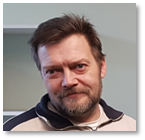
Oleksii Surzhenko

Morris Lindner
Pasqal
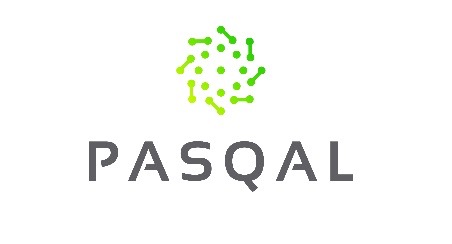
PASQAL builds quantum computers from ordered neutral atoms in 2D and 3D arrays to bring a practical quantum advantage to its customers and address real-world problems. PASQAL was founded in 2019 by Georges-Olivier Reymond, Christophe Jurczak, Professor Dr. Alain Aspect, Nobel Prize Winner Physics, 2022, Dr. Antoine Browaeys, and Dr. Thierry Lahaye. PASQAL has secured more than €40 million in financing, combining equity and non-dilutive funding from Quantonation, the Defense Innovation Fund, Runa Capital, BPI France, ENI, and Daphni. PASQAL has 100+ employees and has offices in Palaiseau and Massy, south of Paris, France, Amsterdam, The Netherlands, and Sherbrooke, Canada.
Our role in MANNGA is is two-fold: first, we are responsible for designing metrics to quantify the performance of the developed devices. Our second task is to develop algorithms and explore use-cases of the magnonic devices.
Project team members
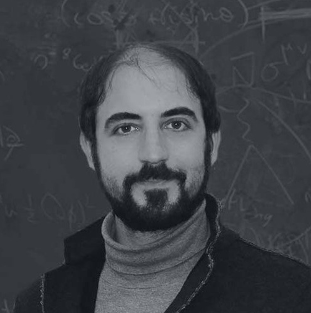
Andrea Gentile
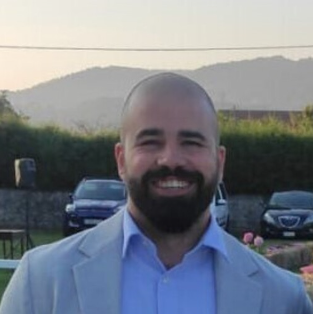
Daniel Garcia Guijo
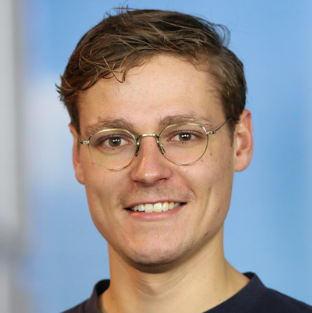
Casper Gyurik
Adam Mickiewicz University
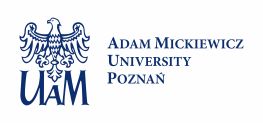
Adam Mickiewicz University (AMU) in Poznań is one of the oldest functioning universities in Poland and currently the third largest university in Poland (approximately 3000 faculty members, 38000 students and 1300 doctoral students). In 2019, AMU became one of only ten universities in Poland to receive the status of a research university.
In MANNGA, AMU is represented by a team from the Institute of Spintronics and Quantum Information (Faculty of Physics). The AMU team's research focuses on novel phenomena related to spin waves in magnonic nanostructures and magnetic textures. The tasks of the AMU team will be to extend the research conducted within the MANNGA project by theoretically and numerically exploring the possibility of using the non-uniformly magnetized resonators in magnonic artificial neural networks and gate arrays.
Project team members
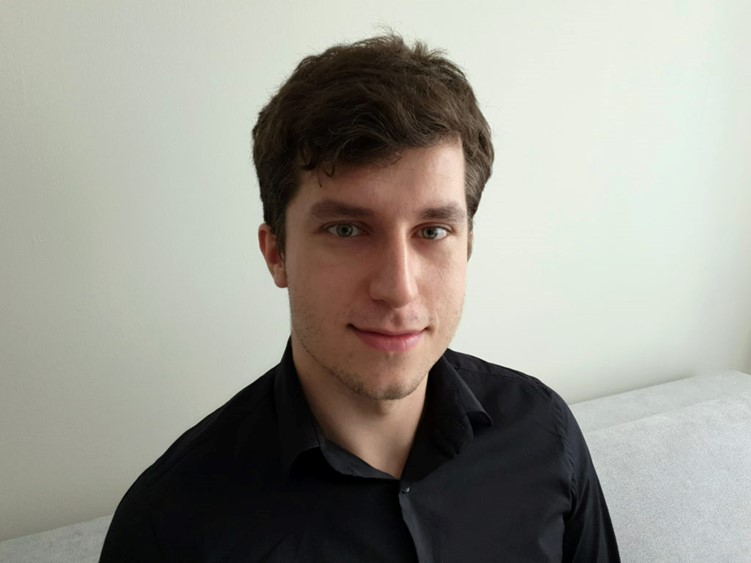
Mateusz Gołębiewski
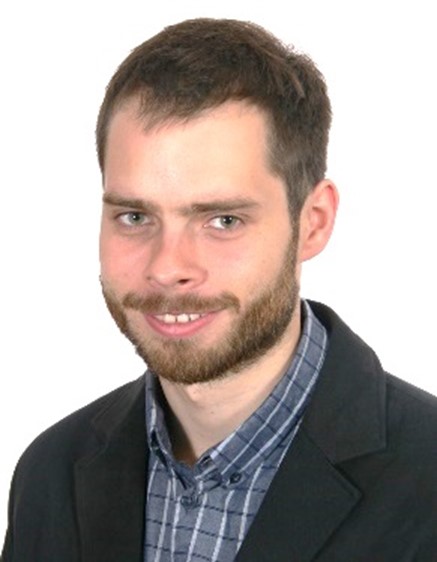
Paweł Gruszecki
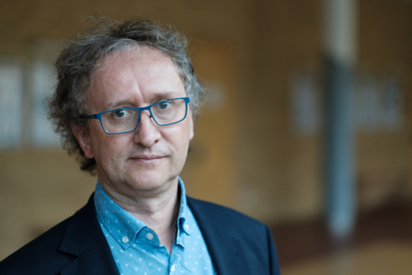
Maciej Krawczyk
Nikodem Leśniewski
Uladzislau Makartsou
Mathieu Moalic